Mark Scantlebury
The concerns of the government, society, and the business community are driving the requirements of countries around the world to improve the tracking, management, and service of commercial vehicles. For example, China recently stipulated the use of standard positioning equipment in commercial vehicles (including sightseeing buses, passenger cars above Class 3, road transport vehicles for dangerous goods and heavy goods, and semitrailer tractors).
Any company that focuses on IoT vehicle management is faced with the problem of how to connect all vehicle sensors and electronic subsystems to existing Internet infrastructure. The commercial IoT vehicle solution developed by TransWiseway, an Intel and Chinese telematics solution and service provider, solves this problem. The solution uses an Intel® processor-based platform as vehicle terminal hardware and serves as a cloud platform for big data analytics needed to perform this end-to-end solution.
Vehicle managers implementing this solution can achieve:
• Greater efficiency through fuel-efficient advice based on driving distance, road conditions and driving modes. The system can also avoid costly delays by warning when there is congestion, blockage, construction, or width and height restrictions.
• Increased Safety Through remote vehicle diagnostics and driver safety solutions, driver fatigue, vehicle theft, accidents, natural disasters, route changes, traction, repairs, refuelling and tire conditions can be detected and corresponding warnings issued.
• Higher reliability through the vehicle sensor tracking system, which supports predictive maintenance and sends notification of impending mechanical failures based on real-time data.
• Enhanced driving experience through user access to information such as weather conditions, gas stations, service stations, hotels, restaurants and car parks.
• Regulatory compliance through real-time vehicle tracking and load monitoring and full documentation of any incidents that occurred.
The TransWiseway solution has three major architectural layers: Sensing, Communications, and Services (Figure 1).
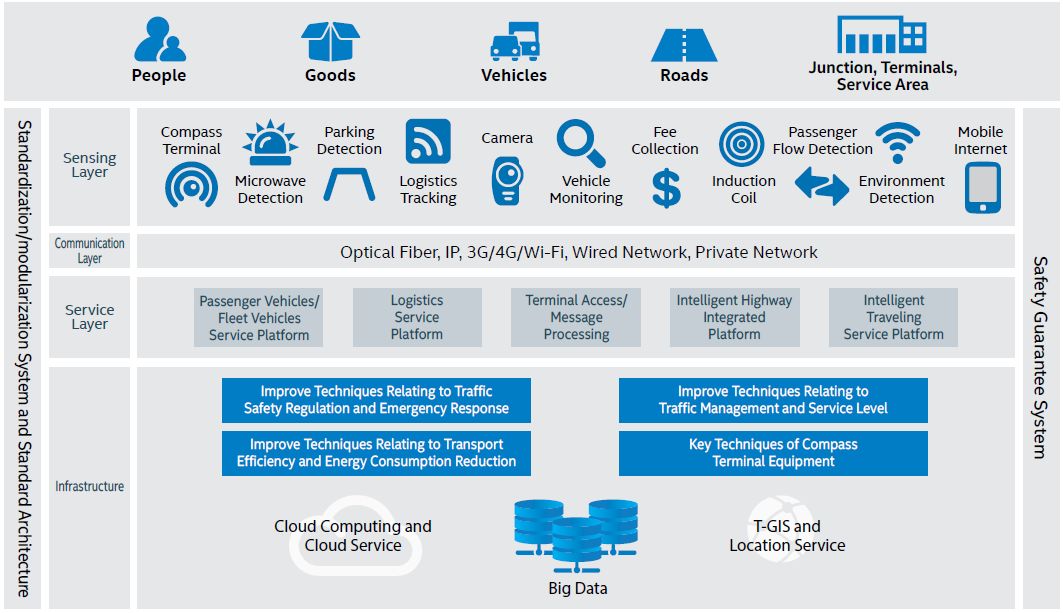
Figure 1. TransWiseway system architecture
Here is the role of each layer:
• Sensing layer. Onboard sensors send data to vehicle terminals that collect, store, process, and report information. This terminal responds to instructions from the monitoring platform. The vehicle terminal includes a microprocessor, a GPS module, a data storage device, a vehicle condition collection module, a wireless communication transmission module, a real-time clock, and a data communication interface. It can drive peripherals such as display screens, printers, and card readers (payment systems for public transportation). The audio processing function allows the terminal to function as part of the IVI system to meet government and business requirements for video surveillance vehicles and drivers.
• Communication layer. This layer supports real-time, secure and reliable transport from the vehicle terminal to service layers across different networks and technologies (eg, IP, 3G/4G, Wi-Fi, wired and private networks, and fiber optics).
• Service layer. This layer of cloud-based back-end platform runs advanced data analytics applications and supports vehicle services. These services include collision notification, roadside and emergency management, remote diagnostics, location monitoring and vehicle insurance compliance tracking and application data. OEMs can also add additional vehicle networking solutions, services, and operations. In addition, the solution supports in-vehicle information services that combine mature products such as advanced navigation, internet services, multimedia services, and information sharing (eg, social networks) with on-board networks. The vehicle terminal can be connected to the driver's smartphone or multi-screen combination to provide a diverse vehicle information service.
Vehicle Terminal Hardware and Software
The vehicle terminal solution is based on the proven Intel® IoT Gateway, which provides application-ready platforms and pre-verified industry-leading software. For example, TransWiseway adds an application network layer at its chosen gateway that provides a variety of system services including an activity manager, content provider, resource manager, and notification manager.
The solution includes two dedicated data service modules. One is a vehicle data service that reads data (eg, speed, mileage, fuel consumption, etc.) specific to the onboard infotainment system from the vehicle bus control panel and manages it for the application. This module includes an event data recorder. Another module is an audio/video data service that imports, manages, and controls video streams from vehicle surveillance and driver assistance system cameras.
Obviously, all these tasks require many gateways. This is why the TransWiseway solution uses the Intel® AtomTM processor E3845-based Intel IoT gateway. The processor is equipped with an integrated hardware video accelerator that provides full HD (high definition) multi-channel video processing and transcoding. The processor's high-performance quad-core system-on-chip (SoC) architecture allows it to perform multiple core functions simultaneously and speeds up the processing of important tasks such as blind spot detection. Other highlights of this processor include high I/O connectivity, integrated memory controllers, virtualization, error correction code (ECC), and built-in security features, with only 10W of thermal design power. The processor supports two displays and supports an industrial temperature range (-40° to 110°C) designed for on-road use.
Intel® IoT Gateway Example
The VTC 6210 Car IoT Gateway from NEXCOM is a good example of a rugged, fanless Intel IoT gateway using this processor (Figure 2). It provides communication between the vehicle and the computer through the built-in CAN BUS 2.0B interface for vehicle diagnostics and the optional OBDII interface (J1939/J1908). The VTC 6210 has a rich PAN, WLAN and WWAN wireless connection. Support for three SIM cards and dual WWAN card architectures enhances bandwidth and speeds data transfer. In addition, the VTC 6210 also supports two-way voice communications.
With various I/O ports and 4x Mini-PCIe jack scalability, the VTC 6210 can flexibly meet the needs of telematics applications such as infotainment systems, vehicle management, dispatch and audio monitoring. Equipped with an intelligent power management system, the VTC 6210 can remotely wake up ignition, RTC timers or SMS messages.
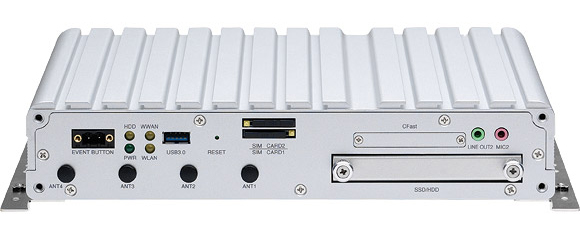
Figure 2. NEXCOM VTC 6210 Car IoT Gateway
Cloud-based platform technology
TransWiseway's commercial vehicle solutions also use high-performance cloud platforms designed to capture, analyze, and process data from thousands of vehicle terminals in real time (Figure 3). The platform sends key information to users, operation and maintenance personnel, and monitoring agencies in an instant and accurate manner. The solution meets these requirements through a highly dense data center based on the Intel® Xeon® processor E5-2600 v3 product family. These processors provide exceptional performance in a virtualized environment that can support a large number of vehicle terminal and user access and data processing needs.
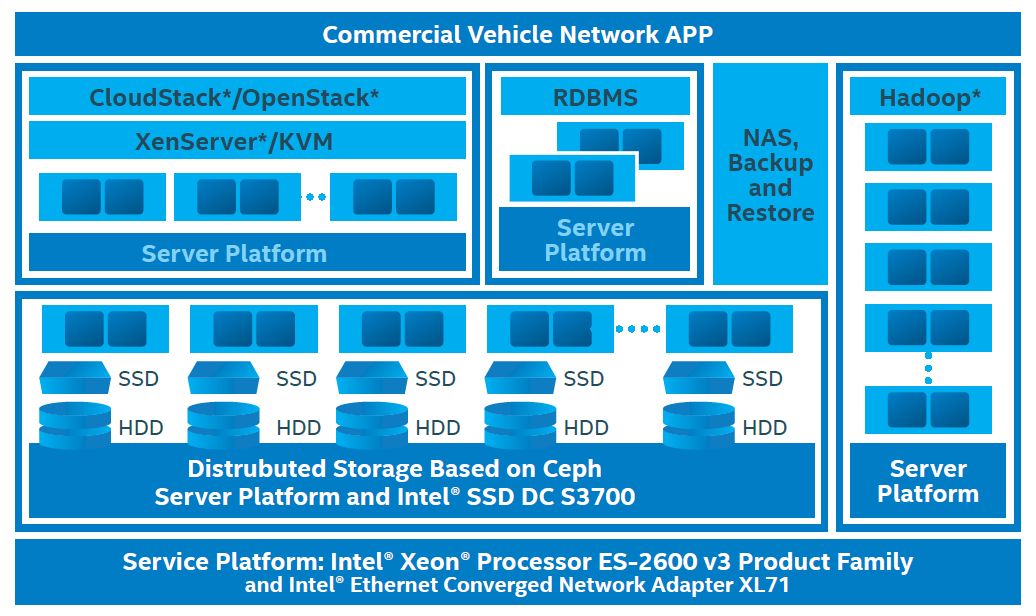
Figure 3. Cloud platform
in conclusion
IoT-based vehicle management solutions developed by Intel and TransWiseway enable companies to increase the efficiency, safety, reliability, and regulatory compliance of commercial vehicles.
Yidashun supplies Wall Socket and extension socket for different countries. Power outlet is US, EU, UK, AUS, CN, Japan, and Korea optional. Standard grounding
power socket is with switch control and led indicator, and the switch contact is made of high quality silver alloy material, which has a good performance against
electric arc and melt weld. The on-off operations exceed 40000 times.
Besides, the socket is made of phosphor bronze, which has the character of good electrical conductivity and lasting elasticity. The USB ports on the electrical outlet are 5V2.1A output which are compatible with APPLE ipad (all models), iphone, Android phones and tablet, cell phones, gaming systems, digital cameras, GPS devices and all USB devices.
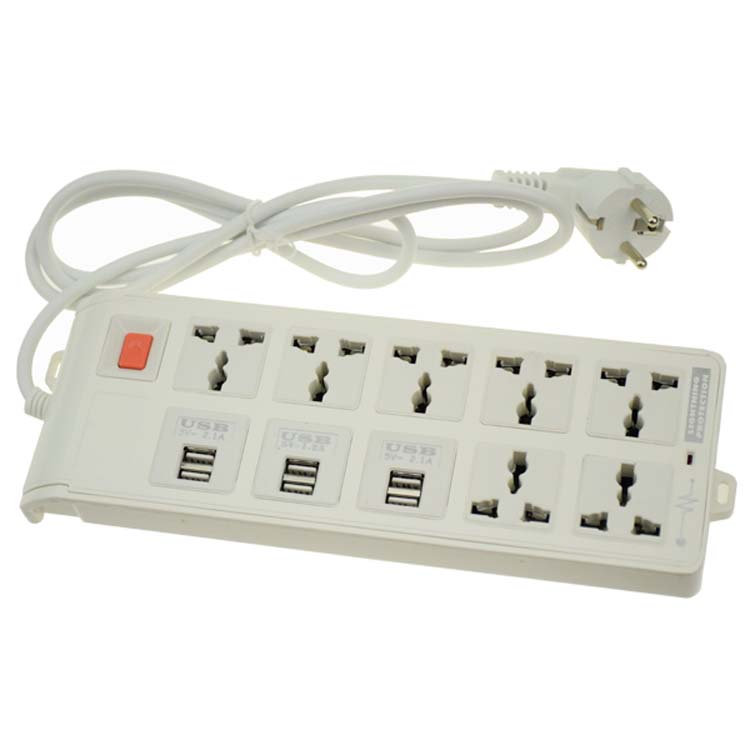
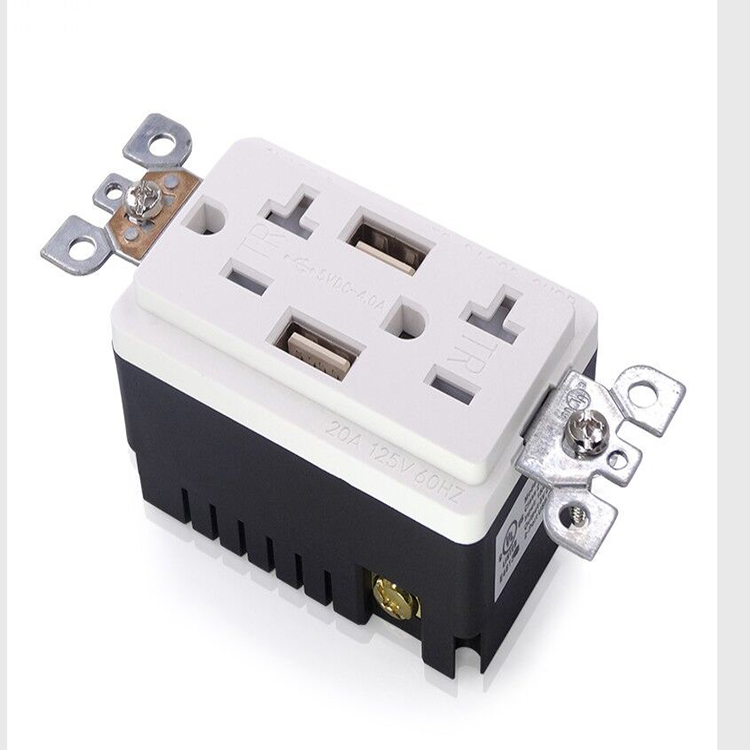
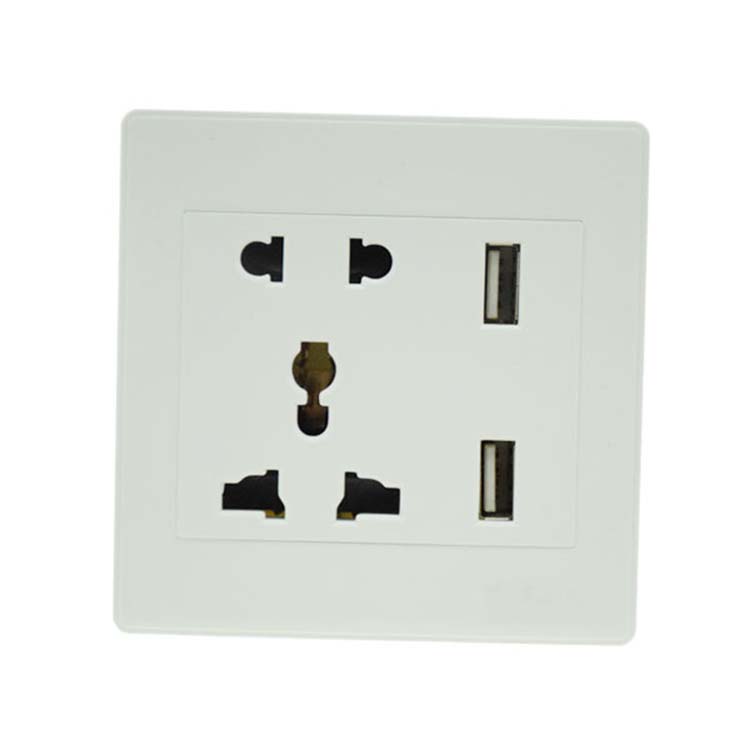
USB Socket,USB Wall Socket,Power Socket,USB Power Socket
Shenzhen Yidashun Technology Co., Ltd. , https://www.ydsadapter.com